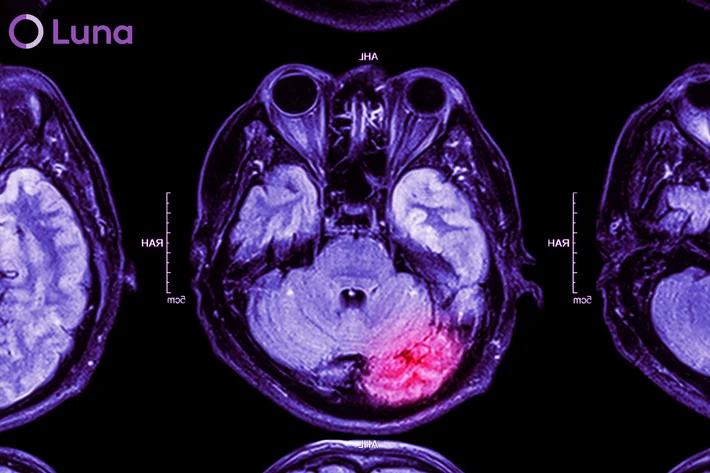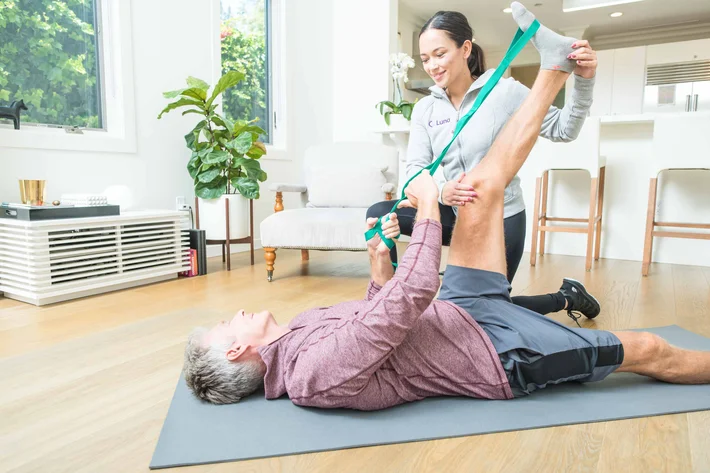
Meet with the best stroke physical therapists in Monument, Colorado
Monument, Colorado, Luna employs physical therapists that specialize in helping patients to recover from stroke and other types of neurological trauma. Our PTs understand how to guide patients into relearning complex bodily movements as safely as possible, combining proven techniques with customized routines to produce post-stroke recovery programs that will help restore the patient’s brain and muscle functions, and improve their overall quality of life.
With Luna, patients can receive physical therapy in the comfort of their own homes. Our physical therapists come to you — it’s physical therapy, delivered.

What is a stroke?
Occuring in nearly 800,000 people each year, strokes result when the brain is deprived of oxygen, causing cell death. Stroke victims usually lose motor functions and cognitive abilities in the area of the brain that was affected.
There are two types of strokes: hemorrhagic stroke and ischemic stroke. Ischemic strokes occur when a blood vessel to the brain becomes clotted, while hemorrhagic strokes occur when a brain aneurysm bursts. Hemorrhagic strokes are the less common but more deadly of the two, accounting for only 15 percent of all strokes but 40 percents of stroke deaths.
Over two-thirds of stroke survivors will have a disability as a result, though some disabilities are more severe than others. In the most severe cases, patients may become permanently paralyzed or lose the ability to speak. Strokes are the leading cause of adult disability in the United States.
Source: Stroke.org

What causes a stroke?
Loss of blood flow to the brain is the direct cause of a stroke, but there are a number of health factors and pre-existing conditions that place patients at greater risk of having a stroke. For example, high blood pressure, smoking, obesity, heart disease, and diabetes can all contribute to a greater risk of the condition.
In addition, certain medications such as blood-thinning drugs can increase a patient’s likelihood of experiencing a stroke. It’s also suspected that race and genetics can play a role in stroke risk; strokes appear to run in families, and African-Americans and non-white Hispanic Americans experience strokes more often than any other racial or ethnic group in the United States.
Age can also contribute to stroke risk. Although anyone can experience a stroke, risk generally doubles with every decade of life. Women are less likely to experience strokes than men, but because they tend to experience strokes at a later age, they are more likely to experience death as a result.
The most common causes of a stroke include:
- High blood pressure
- Diabetes
- Smoking
- Heart disease
- Certain medications
- Advanced age

























